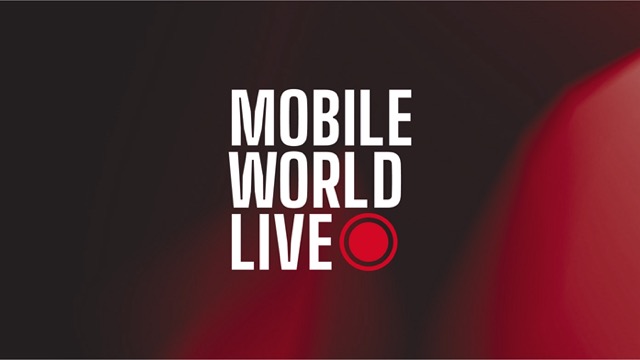Orange Poland – the country’s second-largest operator – claims its multi-network strategy, which sees it using 3G (WCDMA) in populous areas, CDMA450 for wide-area data coverage, and GSM technology for near-ubiquitous voice coverage, gives it a “competitive advantage” over rivals in the market such as T-Mobile Poland and Plus.
Speaking at an event in Osieck this week, Piotr Stepniewicz, manager of strategy in the operator’s projects management agency, said that the CDMA450 network enables the operator to offer data services to consumers across nearly 90 percent of the country’s geography.
The use of this technology is focused on rural areas, with 3G HSPA networks used to provide coverage in cities and suburban areas. While this WCDMA network covers a much smaller percentage of the geographically dispersed country’s territory, it covers a more significant percentage of the population, who live in towns and cities.
Orange is not using CDMA450 to provide voice services to consumers – this instead falls to its GPRS/EDGE network, which covers 95 percent of the Polish territory.
The operator is using frequencies originally allocated for its NMT analogue mobile services for its CDMA network. It finally switched-off the analogue network earlier this year.
According to Stepniewicz, the decision to deploy CDMA450 came because “we would not have to spend a lot of money to cover the whole country”. A further expansion of the network is not planned, although “if it is needed, yes we will do it”.
Aleksander Jakubczak, division director for wireless access networks at Orange Labs in Poland, said that a further upgrade to the EVDO Rev B network is under consideration, although as this involves hardware changes the process “costs a bit”. As part of its long-term plan, the company is targeting “interoperability with the LTE ecosystem”.
Services delivered via the CDMA network were originally positioned as a fixed-line alternative due to regulatory restrictions, although the company is now able to market it as a full mobile data service. Devices available include wireless hotspots and multi-mode 3G/CDMA modems.
Jukabczak noted that while subscriber numbers for the CDMA network may be modest when compared to its WCDMA and GSM operation, the technology is being used to target a different market, including those who would otherwise have been caught on the wrong side of the “digital divide”.
Stepniewicz also highlighted the potential to extend services into new markets, especially in M2M – for example in providing access to data services for sectors such as transport and other industries which need connectivity beyond metropolitan areas. “With both technologies, CDMA and 3G, we can make a very appealing offer in M2M,” he said.



Comments